What to expect at COP26
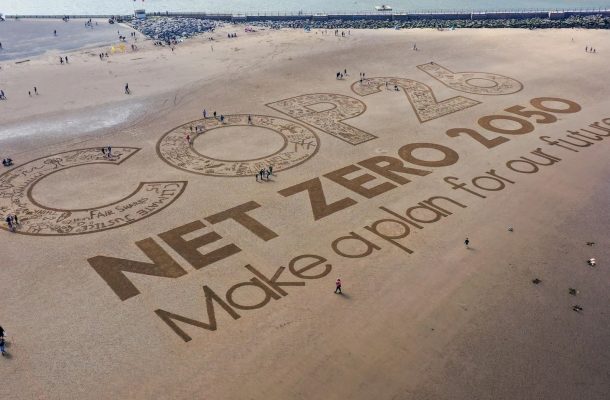
COP26 – the 26th Conference of the Parties to the United Nations Framework Convention on Climate Change – is coming up from 31 October to 12 November in Glasgow.
The meeting convenes world leaders to discuss what’s needed to implement the Paris Agreement and keep global warming within safe bounds.
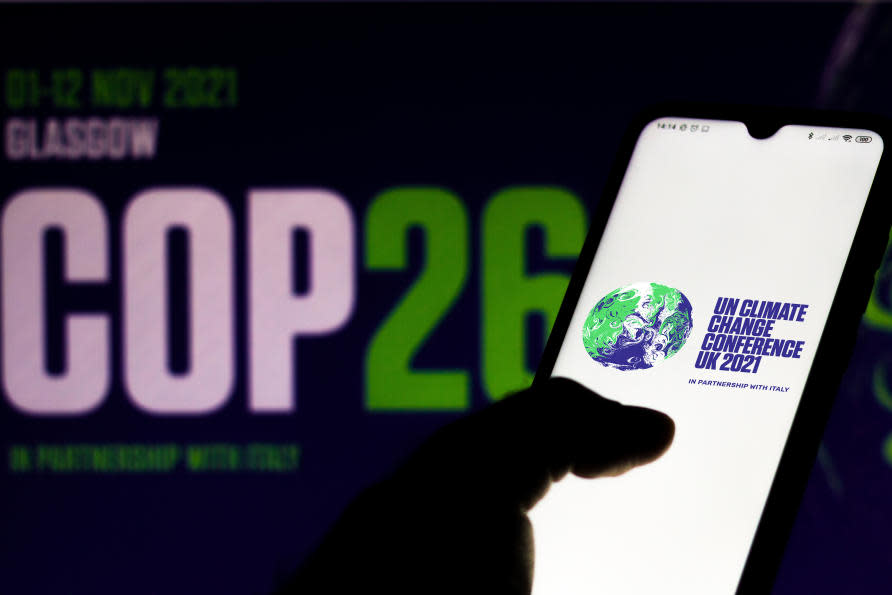
COP26 convenes world leaders to discuss what’s needed to implement the Paris Agreement.
And it’s a conference that has been billed as the world’s “last hope of keeping 1.5°C alive … [o]ur best chance of building a brighter future.”
After several false starts, Australian Prime Minister Scott Morrison has now confirmed he will attend the COP26 after coming under considerable pressure to commit to stronger climate action.
With so much at stake at COP26, what can we expect?
New climate pledges in the lead-up
A lot of what we are expecting from COP26 is likely to come before, rather than during, the meeting in the form of new climate pledges from countries.
A key goal of COP26 is to secure global net zero emissions by mid-century. We know from the latest climate science assessment by the Intergovernmental Panel on Climate Change (IPCC) that reducing greenhouse gas emissions to net zero or below is required to keep the global goal of limiting temperature rises to 1.5°C within reach.
But even with a temporary downturn at the height of the COVID-19 pandemic, emissions are still growing and current climate pledges by governments under the Paris Agreement fall well short of what’s needed.

A key goal of COP26 is to secure global net zero emissions by mid-century.
We are on track for a 2.7°C rise by the end of the century, which as UN Secretary-General António Guterres says, shows “the world is on a catastrophic pathway.”
To avoid climate catastrophe, countries – particularly rich countries and major emitters – are under pressure to strengthen their Paris Agreement pledges known as ‘nationally determined contributions’ or NDCs.
We have already seen major new pledges in 2021 from the US government to halve its emissions by 2030, and by the UK (the host of COP26) to reduce its emissions by 68 per cent from 1990 levels by 2030, and 78 per cent by 2035.
The world’s largest emitter, China, is aiming for net zero emissions by 2060 and President Xi Jingping promised at the United Nations General Assembly meeting in September that China will end all financing of coal-fired power plants abroad, and redirect support to green and low carbon energy generation.
These efforts have ramped up pressure on other countries like Australia to do more. As a result, a net zero by 2050 pledge from Australia is increasingly on the cards. But movement on Australia’s 2030 targets – set by the Abbott government in 2015 – seems less likely; a laggard position which business leaders say could cost our economy dearly.
Increased climate finance support
For developing countries attending COP26, a make-or-break issue will be whether rich countries live up to their promises to make more finance available for mitigation and adaptation.
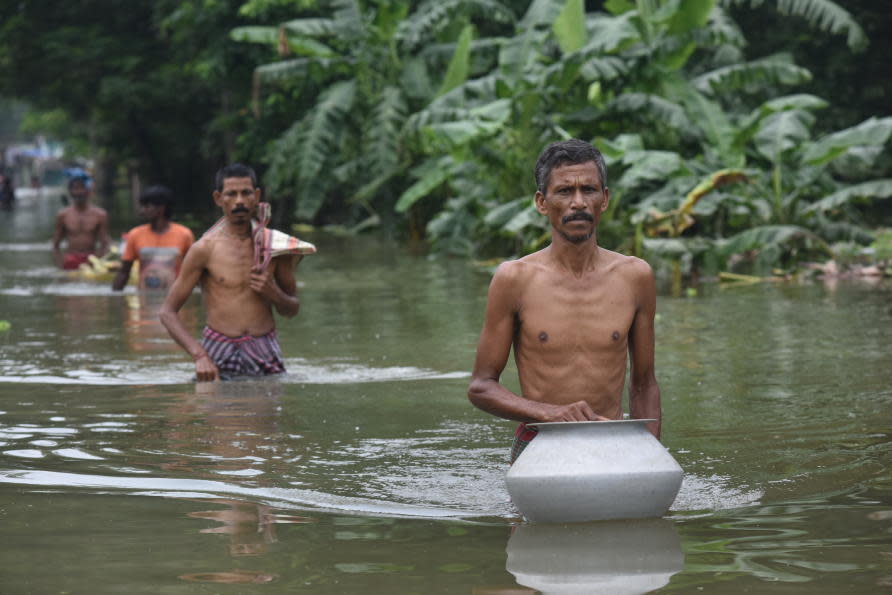
For developing countries, a make-or-break issue is whether rich countries live up to their financial promises.
At the Paris Agreement negotiations in 2015, developed countries formalised a pledge to mobilise at least $US100 billion in climate finance per year by 2020, but this remains unmet.
Recently, there have been some positive signs, like the US announcement at the General Assembly meeting that it would increase its international climate finance to $US11.4 billion a year by 2024.
At Glasgow, countries will be seeking to negotiate a new finance goal to apply beyond 2025, starting “from a floor of $US100 billion per year.” This money is necessary to support emissions reduction in developing countries but also, more critically for many, measures to adapt to and safeguard against the most severe impacts of climate change.
As developing countries’ five-point-plan for the Glasgow talks notes: “There can be no successful outcome at COP26 that does not deliver for the most vulnerable.”
Unfinished business on carbon markets
The Paris Agreement, which came into operation at the end of 2016, sets out a framework for international action on climate change, but many of the rules for its implementation are still under discussion by countries.
A key area of the so-called ‘Paris Rulebook’ that still needs to be finalised at COP26 relates to the rules for emissions trading between countries.
Industrialised countries and big corporate emitters have argued that finalising these rules is essential for lowering the costs of transition to a low-carbon economy and that the world won’t otherwise be able to get to net zero emissions.
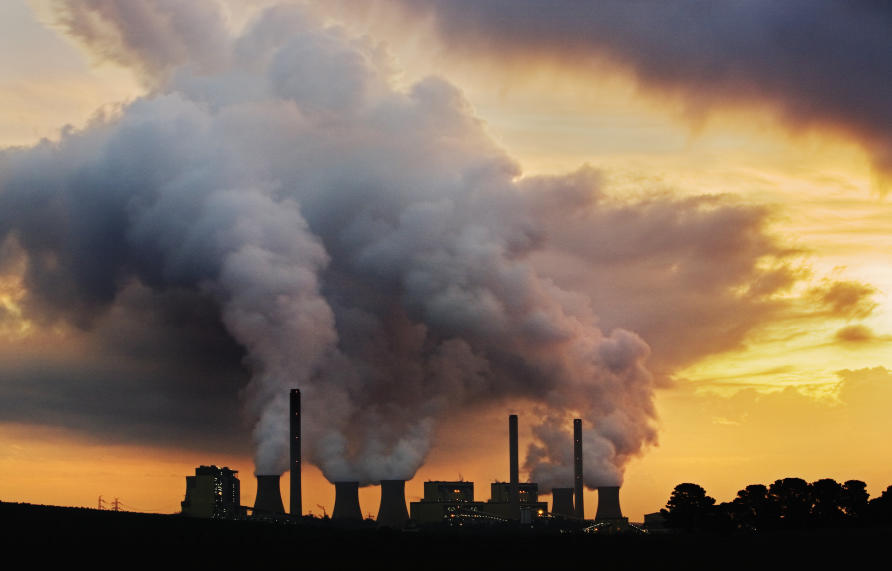
Australia’s position on carbon markets will be closely watched.
Others urge caution, concerned that an emissions trading system without strong controls would be riddled with loopholes.
And for many developing countries and small island states who are bearing the brunt of climate change, there’s opposition to focusing on rules to make emissions reduction cheaper for rich countries unless greater resources flow for adaptation financing.
Australia’s position on carbon markets will be closely watched after it helped derail negotiations on this issue at the last COP in 2019.
In statements since, Prime Minister Scott Morrison has signalled Australia will not rely on past carbon credits under the Kyoto Protocol to meet its Paris Agreement targets but if Australian negotiators backtrack on this position, it could thwart efforts to reach a consensus on carbon market rules.
Will the COP26 negotiations be a success?
With so many big issues on the agenda at COP26, ensuring a successful outcome to the negotiations was always going to be a challenge.
The COVID-19 pandemic adds a further wild card element.
Already the COVID-19 pandemic has resulted in delay of the meeting itself, which was supposed to take place at the end of 2020. And continuing travel restrictions, quarantine requirements and uneven global vaccination coverage, mean that many delegates from poorer countries will have less opportunity to participate, or may not be able to attend the meeting at all.
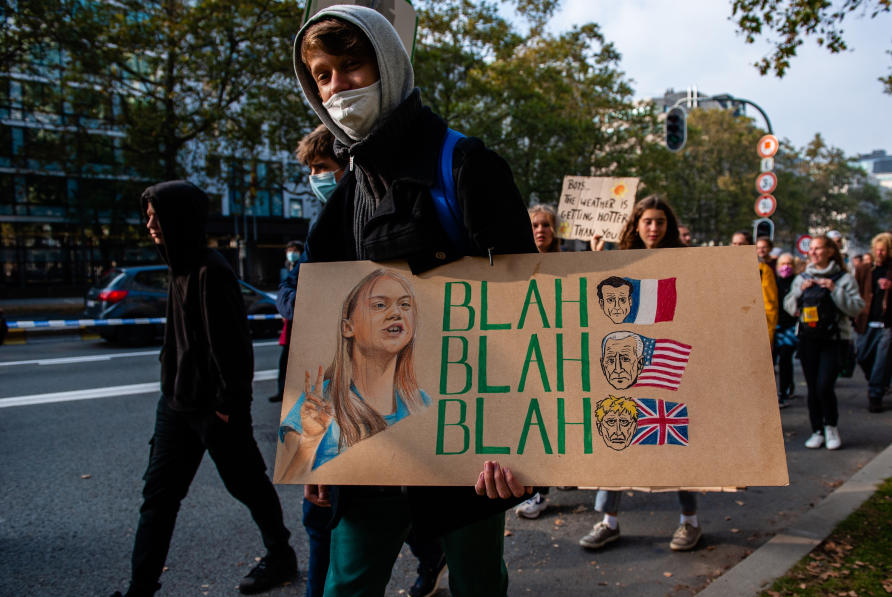
For youth advocates like Greta Thunberg, there’s concern that all that may emerge from COP26 is hot air.
The vibrant civil society presence that usually accompanies climate meetings is also likely to be subdued given reduced access to the negotiations.
US climate envoy, John Kerry, is already warning that COP26 may fall short of delivering on the necessary increase in climate ambition. Some developing nations on the UK’s COVID-19 ‘red list,’ whose citizens would have to spend time in quarantine before entering the UK, are contemplating a ‘boycott.’
There are serious questions over whether the conference might collapse if many countries choose not (or can’t afford) to send their delegates. And for youth advocates like Greta Thunberg, there’s concern that all that may emerge is hot air: ‘Net zero by 2050. Blah, blah, blah’, as she put it in a recent speech to the Youth4Climate summit in Milan.
What’s not in doubt though is the importance of continuing to push for urgent action at a meeting that ensures “the voices of those most affected by climate change are heard”.
Delivering for the planet requires nothing less.
This article was published by Pursuit.
Professor Jacqueline Peel is an expert in the field of environmental and climate change law. Her research interests include the relationship of law and science in the field of environmental risk regulation.








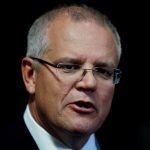

Victor Perton
October 21, 2021 at 3:01 pm
I find it odd, that we when are urged to listen to the scientists, such weight is placed on a critic saying “Blah, Blah, Blah” A person whose main activity is speech.
Optimism and action is required. Jacinda Ardern, PM of New Zealand said, “You may well argue that, based on our current trajectory, now is not the time for optimism. “But if we only talk about the loss of glacier mass or sea level rises we run the risk of a society that believes all is lost and that it is simply too late. “It is not. “No one has the luxury of copping out. Not those who deny climate change, nor those who believe it’s too far gone. “Now is the time for optimism and for hope and crucially a plan.”